The dramas that shaped Australian Fashion Week over 25 years
Australian Fashion Week was launched in 1996, and there have been plenty of dramas and controversies to keep it in the headlines throughout its 25 years, Annette Sharp writes.
NSW
Don't miss out on the headlines from NSW. Followed categories will be added to My News.
It’s been a rollercoaster 25 years since Australian Fashion Week was launched to much excitement and some sneering derision in 1996.
Broadly supported by traditional media upon its launch, the event quickly became an essential fixture on the Australian celebrity calendar, the entertainment industry embracing the concept and clamouring for front row seating and a glass of Aussie sparkling.
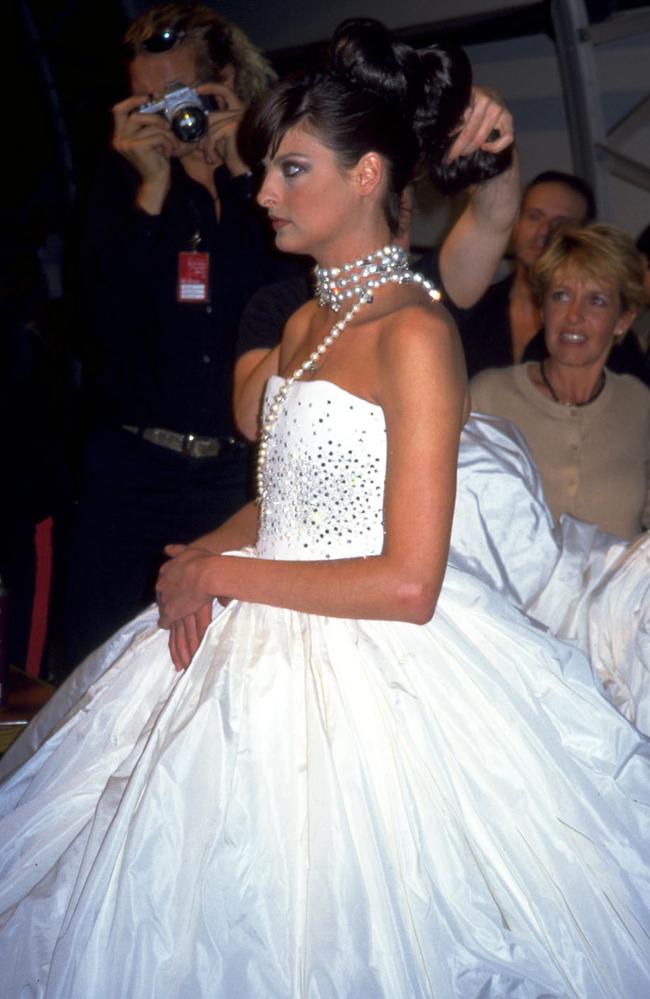
Early controversies, spurred in part by the influence of enigmatic founder and promoter Simon Lock, helped the event to greater headlines, and soon Lock and the fashion industry had a platform to market themselves to the world (although some have argued Lock benefited most from the arrangement).
But during the past decade, the rise of the social media influencer in tandem with recessive economic conditions impacting the fashion industry have transformed the event, which is now owned and run by IMG.
Formerly vibrant front rows — where Aussie entertainers sat shoulder-to-shoulder with sportsmen and women, entrepreneurs, designers, models and traditional media eager to promote the event to mums and dads — are a thing of the past.
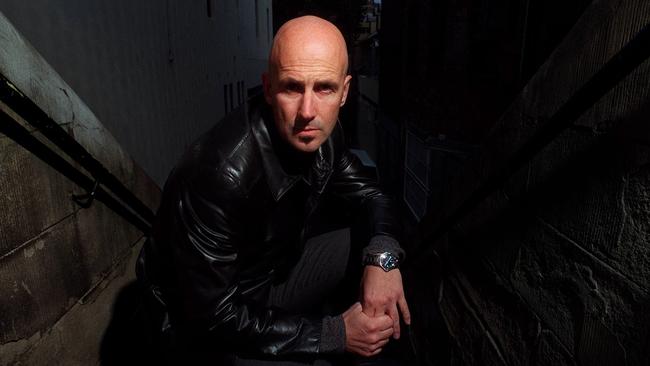
So, too, is buzz about the event, though we congratulate IMG for getting it off the ground last week.
Today this column looks back at some of the early controversies and dramas that helped create Australian Fashion Week.
SIMON LOCK
In 1996 a little-known ex-hospital duty manager-turned ski journalist-turned PR man-turned event manager conjured Australian Fashion Week out of a spool silk thread and thin air.
Lock would soon become synonymous with the event he created, and sold in 2005 to IMG Australia.
Most said it couldn’t be done, but with a killer combination of charm and grit, something for which he’d become known (though not always loved), the promoter was able to extract a $375,000 three-year sponsorship from the NSW government and get the event off the ground.
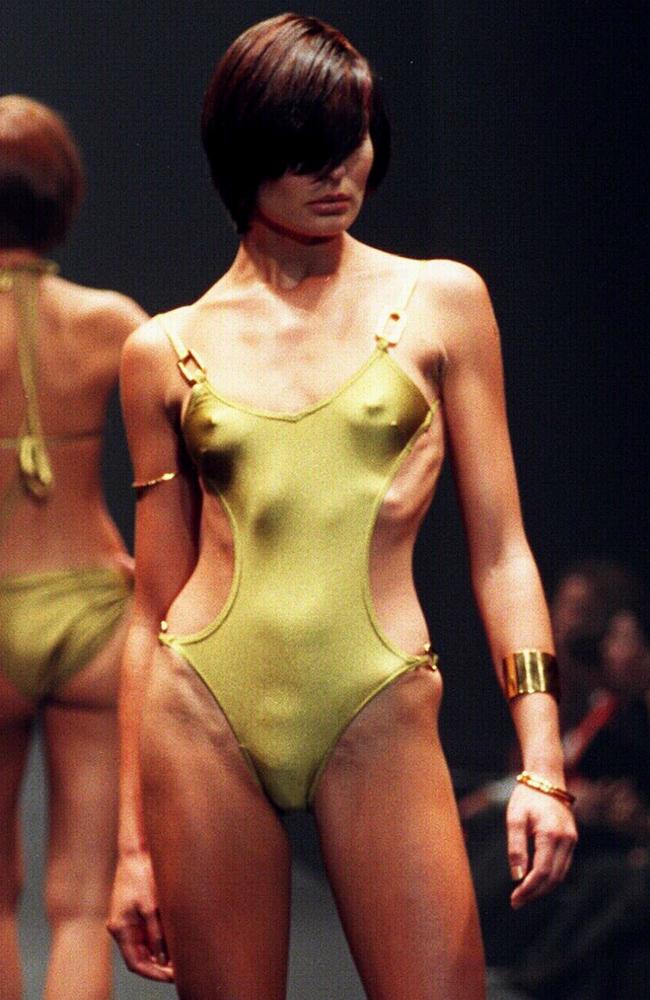
TOO-SKINNY DEBATE
The appearance of a slender Christy Quilliam on the runway in 1997 drew negative media coverage, prompting the NSW government to convene a summit which recommended an advisory committee be established to lobby the fashion industry about unrealistic body images. Lock’s assurances the model was a healthy size 10 did little to quell the backlash.
UNDER-15 MODELS BANNED
That same year Lock was also forced to ban models under 15 after Vivienne Westwood launched her Red Label collection in London in March 1997.
Westwood used pubescent models in her show drawing public condemnation.
BIG NAMES PULL OUT
The high cost of showing at the event dampened the enthusiasm of a number of innovative designers, including Scanlan & Theodore, Carla Zampatti, Calibre, Bettina Liano and Marcs, who pulled out of the event in its second year.
Wayne Cooper would later lament it cost him “almost 80 grand” to be part of what seemed an increasingly exclusive event.
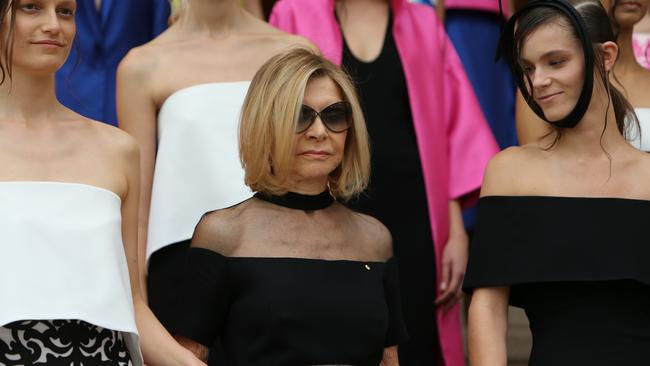
DESIGNERS’ REBELLION
In 1997 Zampatti led the rebellion of designers who turned their back on the formal Australian Fashion Week schedule in favour of private shows at off-site venues.
“It is more controllable like this,” said Zampatti. “It is small and intimate and we are completely in charge of it and we can invite just who we want.
It was also cheaper.
A slew of other designers would follow suit in the decades that followed.
SUPER-CHARGED STARS
1997 also marked the arrival of the first “super” to lift the event’s profile, with Canadian model Linda Evangelista gracing the runway for Alex Perry and Wayne Cooper, among others. Evangelista supercharged fashion week — and it didn’t hurt the event one bit when the model had a backstage argument with event director Marco Maccapani after a zipper failed. Having once famously said she didn’t get out of bed for less than $10,000, Evangelista, it emerged, had been lured to Australia by Sydney jewellery retailers the Canturis, who paid $200,000 for the model to promote their brand.
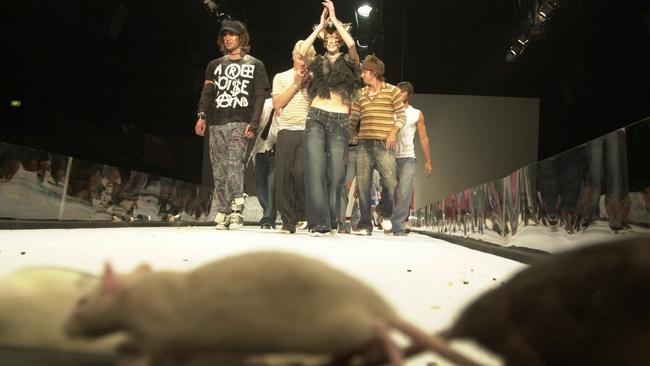
CHARLIE’S BIG NAMES
Soon after, designer Charlie Brown started hiring her own international models to create greater noise for her label, with Jerry Hall, Sophie Dahl and Lily Cole all walking for Brown.
However, despite her entreaties, no amount of money could entice Kate Moss to come.
Ivanka Trump also made an appearance.
MORISSEY GOES SOLO
After fashion duo Peter Morrissey and Leona Edmiston split, Morrissey returned with a solo collection backed by stockbroker Rene Rivkin a year later in 1998.
Vogue Australia editor Marion Hume saw little merit in the collection, slamming it as appearing to have “been cut from Simplicity patterns coded Easy-To-Sew”.
The criticism stung, Morrissey later suggested the British editor try accentuating the positives.
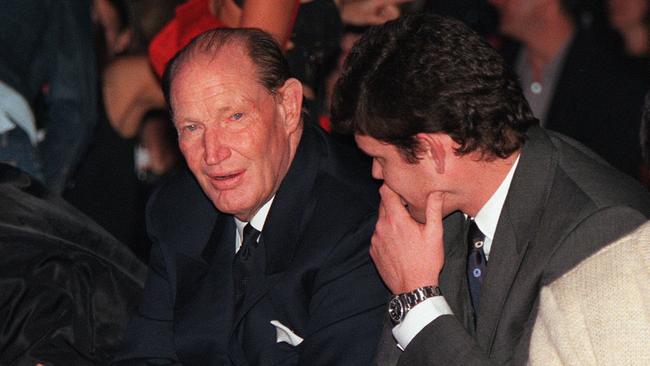
TSUBI’S RAT PROBLEM
2001 was the year jeanswear brand Ksubi (then Tsubi) debuted their label by releasing 250 rats on the runway, distressing celebrities and media alike — not to mention animal rights groups.
It generated headlines but was slammed as a cheap stunt.
FRONT-ROW PACKERS
Not so cheap was the line-up at the 2001 launch of Jodhi Meares’ show for swimsuit brand Tigerlily, with billionaire Kerry Packer joining son James in the front row for a good view of the label James was backing.
DION ARRIVES
In 2009, a new genius was unearthed when Dion Lee joined the Fashion Week legends list after producing a show in a Kings Cross carpark.
Lee would join Australian Fashion Week’s hall-of-famers, including Akira Isogawa, Zimmermann, Dinnigan, Sass & Bide, and Romance Was Born.



